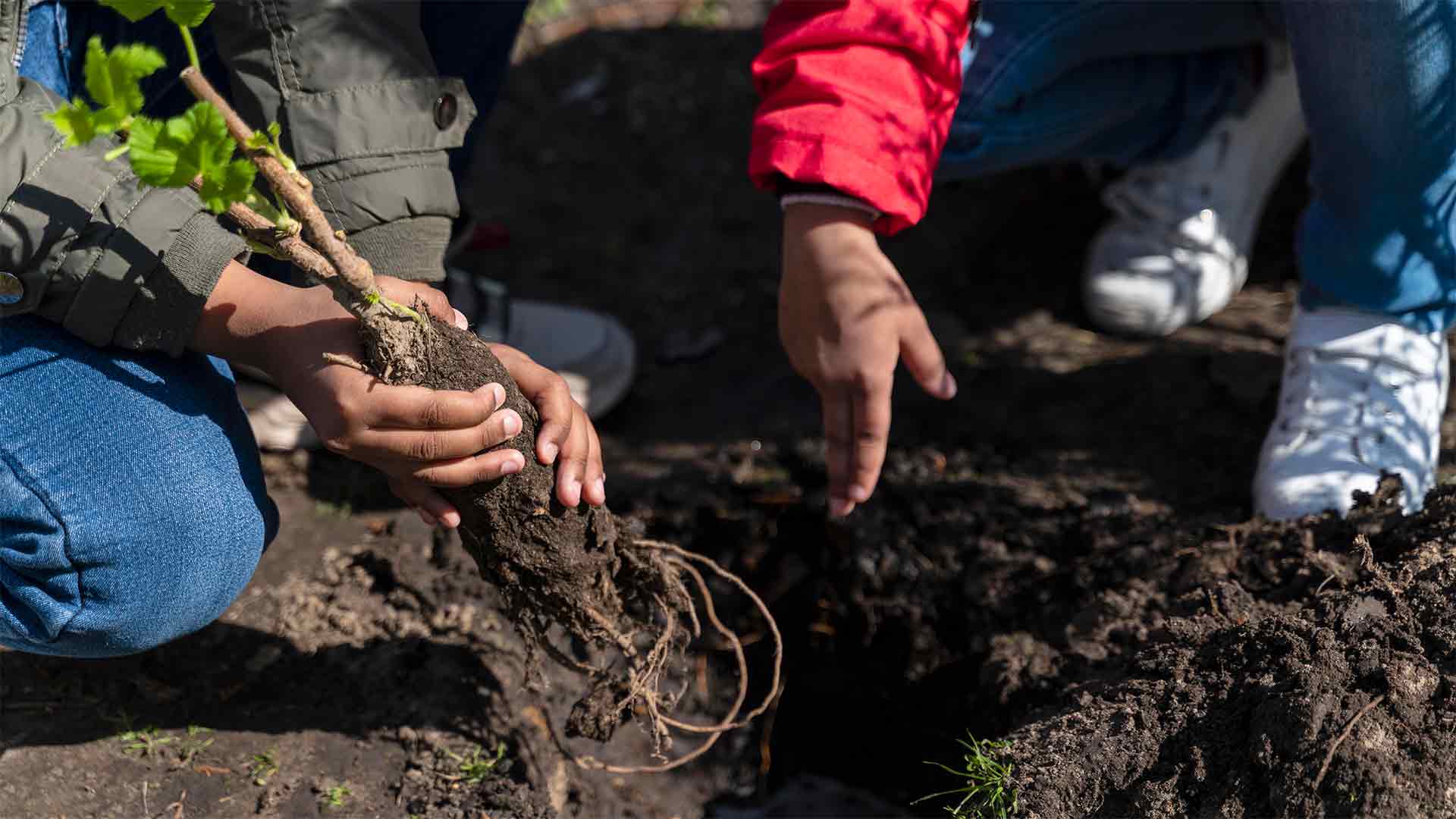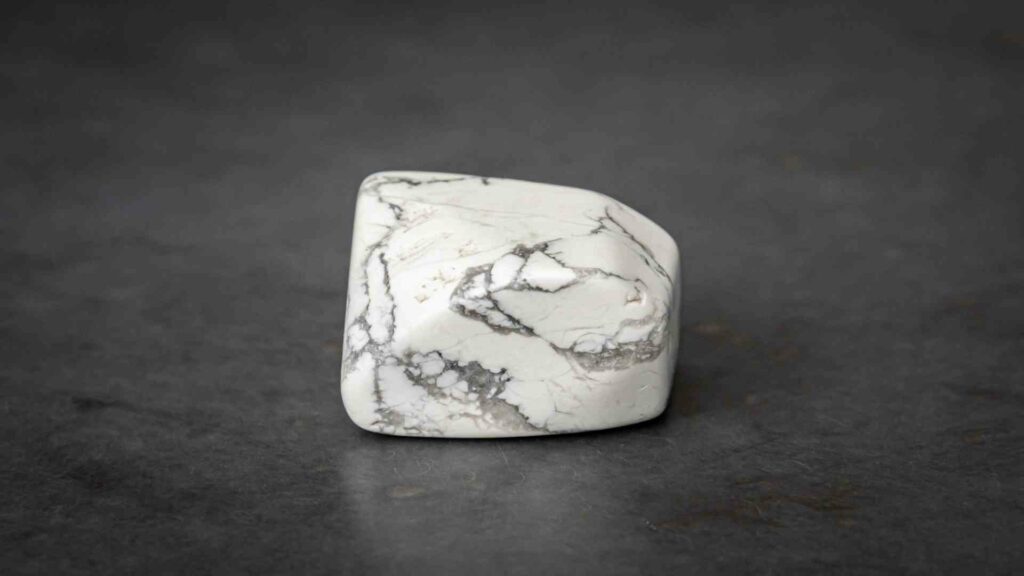A Guide to Boron in Your Vegetable Garden
Boron is an essential mineral for the vegetable garden. It is helpful in plant growth and development and can help improve overall yields. There are various benefits too that boron offers for gardeners looking to add this to their vegetable garden.

Vegetable Garden
The Benefits of Boron In Vegetable Garden
Boron influences many aspects of healthy plant nutrition both in the vegetable garden and on farms, significantly increasing fruit sets and the yield of vegetables. The vegetables use it to process carbohydrates and move sugars that affect fruit taste, quality, and color. The growth points of plants are weakened in boron-deficient vegetables, resulting in stunted or deformed plants.
Misshapen flowers reduce the production of fruit as they hinder pollination. A plant’s root system is often poor, so nutrients cannot be absorbed. Boron-deficient vegetable growth may be curled and thick or have a yellow or red tint. It is rare for plants with severe deficiencies to produce seeds or fruit.
Vegetable Garden Requiring Different Boron Requirements
A vegetable garden has different boron requirements depending on the type of vegetables. While some types do fine with very little, others suffer from severe deficiencies at the same level. Broccoli and cauliflower (both Brassica oleracea var. botrytis), turnips (Brassica rapa), and beets (Beta vulgaris) do better with more boron than peas (Pisum sativum), cucumbers (Cucumis sativus), and peppers (Capsicum spp.), which need a lot less. Lettuce (Lactuca sativa var. capitata), carrots (Daucus carota spp. Sativa), tomatoes (Lycopersicon esculentum), and radishes (Raphanus sativus) need only moderate amounts. Hollow stems are standard in cabbage-family crops deficient in boron.
The centers of beets get soft and die. Boron shortages can affect harvests, even if there are no visible symptoms.
Soil Test in Vegetable Garden
If you plan to add any boron product, test your soil first – even common household forms. There is little difference between too-low and too-toxic levels of boron. You need to determine the amount required according to soil type, pH, boron availability in the soil, organic matter, and the vegetables you intend to grow. Boron is most readily available in soils with pH levels of 5 to 7.
If you suspect boron levels may be off, send samples to a soil testing laboratory for a specific test. Reputable labs may help you achieve your objectives. The element boron is highly soluble, and it readily moves through moist soils. In high-rainfall or high-irrigation areas and sandy soils, deficiencies are common. Those with low rainfall are most likely to be contaminated with toxic substances.
Incorporating Boron into Soil
Many products are available to meet the need for boron when the plant’s micronutrition requirement is lacking. Household products containing boron and commercial boron additives can have 11 to 20 percent of the element. Make sure you follow the recommendations based on the test results. According to the soil and plant laboratory, boron can be toxic to some plants at levels close to 1 part per million, according to the soil and plant laboratory.
Much less boron is needed per 1,000 square feet than to correct common soil deficiencies. Make sure to apply the recommended amount of boron to the soil, followed by watering the area to move the boron into the root zone. The location of the skin after the boron has been applied should be washed with soap and water. This will enable you to remove any residue from the boron after spraying. Wear protective clothing, including safety goggles.
Vegetable Garden: Plant Dynamics and Transport of Boron
Boron is a trace element that occurs naturally in soil, travels through plants, and evaporates into the air. As far as its movements are concerned, they are very similar to those of water on Earth, with some modifications.
The difference is that most of the rain on our planet falls back into the ocean. As a result of wind or human activity, it can remain in the environment for hundreds or even millennia before evaporating out. As with oxygen, boron evaporates out just as quickly as it comes in, just as it leaves the body when we exhale and re-enter after breathing (at different rates, of course).
There is a lack of understanding about its dynamics inside plants. However, there is a theory that they enter through root hairs or other cell walls. In addition to passive diffusion, it is believed that they may also move across cell membranes.
In addition to passive diffusion, it is believed that they may also move and play a vital role in the growth of plants; phosphorus is an essential macronutrient that contributes to enzyme regulation and the activity of various enzymes. For each of the different plant parts to function correctly, these are essential.
Translocation of Boron
Uncertainty surrounds its translocation and distribution in the plant. However, plants can transport it more readily than other nutrients. As well as regulating the pH of the plant’s cell sap, it may also play a part in growing its roots. Micronutrients like boron and macronutrients like Nitrogen and Potassium are essential to a healthy plant’s life and growth.
Molecular Transitions in Shoots and Roots Mediated by Boron
Boron is active in regulating developmental changes in shoots and roots. It supports enzymes that aid in cell division, root growth, and phosphorus metabolism. It also stimulates nitrogen-fixing bacteria to grow on the plant’s roots.
Boron is an often overlooked and misunderstood nutrient for many plant processes, including cell division and root growth. A lack of Boron can limit a plant’s ability to make proteins necessary for shoot elongation or leaf formation.
In boron-deficient soils, plants tend to produce stunted leaves. Newly sprouted branches often have leaves twisted around them. The roots of these vegetable plants grow perpendicular to the stems rather than straight out like they usually do.
Final Thoughts
In conclusion, boron protects plants from disease by growing strong roots and shoots. A healthy plant needs adequate amounts of boron in the soil where traces are found. You can supplement these micronutrients with fertilizers if there isn’t enough boron. Finally, add organic matter to the ground around plants, such as composted manure or peat moss.





